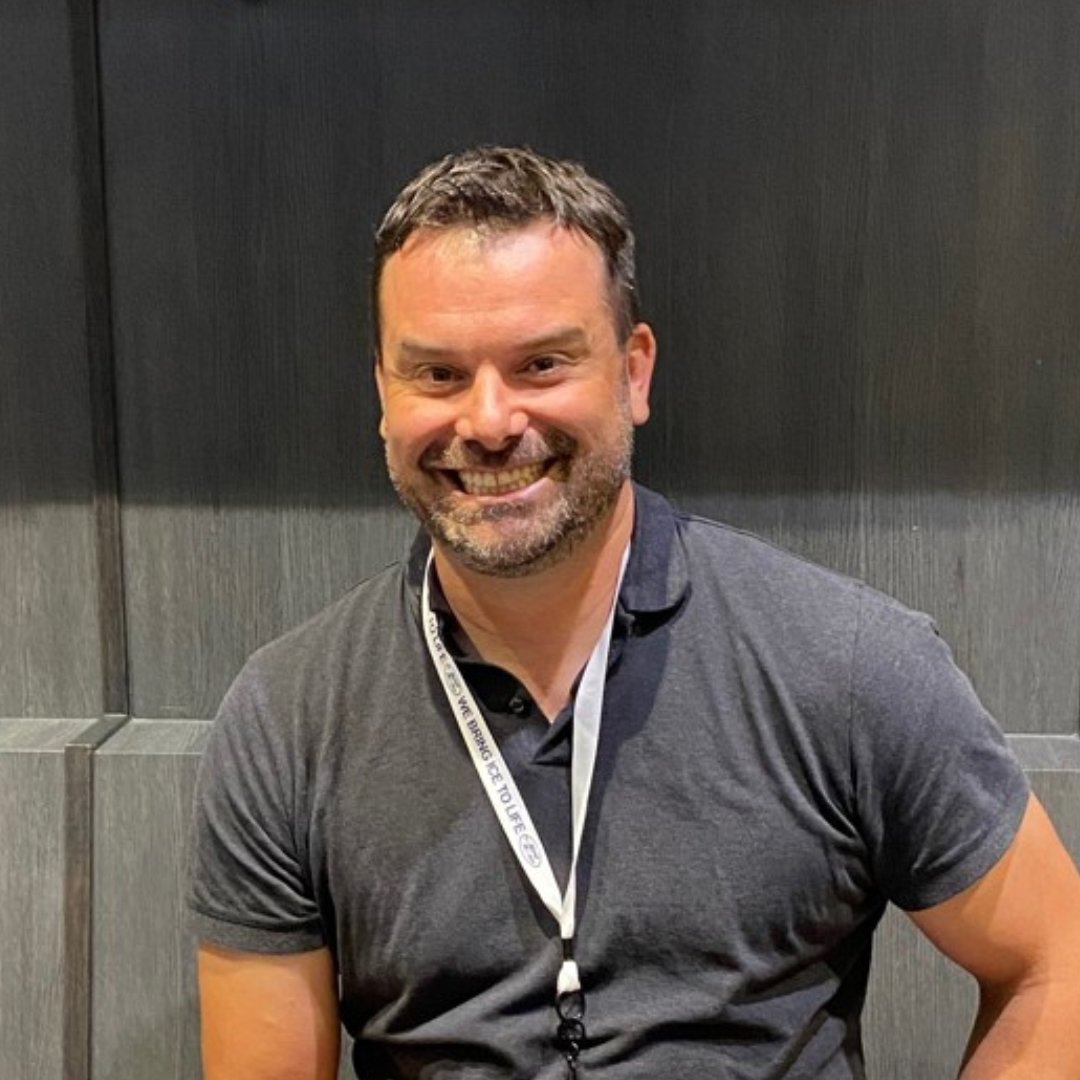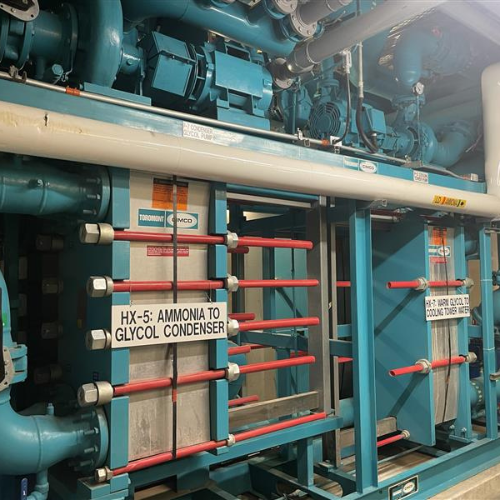As the world grapples with climate change and the urgent need to reduce greenhouse gas emissions, innovative solutions are emerging to transform our energy landscape. One such solution gaining traction in Canada is district energy systems. In this blog post, we’ll explore what district energy systems are, their significance, and how they contribute to a cleaner, more sustainable future.
What Are District Energy Systems?
District energy systems (DES) are centralized networks that distribute heating, cooling, and electricity to multiple buildings within a defined area. Unlike traditional standalone systems, where each building has its own heating and cooling infrastructure, DES connect buildings to a shared thermal grid.
Here’s how they work:
Heat Generation: DES typically use low-carbon heat sources such as geothermal, biomass, waste heat from industrial processes, or natural gas. These heat sources are centralized in a plant.
Distribution: The generated heat is distributed through underground pipes to nearby buildings. Similarly, cooling is distributed during warmer months.
Efficiency: DES achieve higher energy efficiency by leveraging economies of scale. They can recover waste heat from one building and supply it to another, reducing overall energy consumption.
Markham District Energy: A Case Study
.png?sfvrsn=2f6fd822_1)
One shining example of DES success is Markham District Energy (MDE) in Markham, Ontario. MDE has invested $270 million in expanding clean energy projects, demonstrating the viability of district energy.
Challenges and Opportunities:
While district energy systems offer immense benefits, they face challenges:
Capital Intensive:
Establishing a DES requires significant upfront investment. However, this also presents opportunities for long-term investors seeking stable returns.
Community Engagement:
Educating communities about DES benefits is essential for widespread adoption.
Regulatory Hurdles:
Coordinating with local authorities and navigating regulations can be complex. Clear policies and incentives are crucial.
Low Carbon Transition
DES play a critical role in reducing emissions from buildings—the largest energy consumers. By transitioning to low-carbon energy sources, we can achieve a greener, more resilient future.
Conclusion
District energy systems are not just a pipe dream—they’re a practical solution to our energy challenges. As cities strive for sustainability, DES will continue to play a pivotal role in shaping our urban energy landscape.
Contributors:

DAVID FAUSER - DIRECTOR OF SALES
David has been with the CIMCO for more than 20 years. During that time, he has been involved in hundreds of new plant designs and retrofits throughout North America. David has a passion for ice sports and sustainability, and was instrumental in CIMCO’s decision to drop recreational ice rink packages that use refrigerants with high global warming potential from its lineup, because of their climate impact. He is a strong voice on environmental issues and legislation, and is a thought leader in the industry. He believes that there is a solid business case to incorporating net-zero and net-zero-over-time strategies to today’s industries.
e: dfauser@toromont.com
Related Posts

Decarbonization Trends Shaping Industries

Woolwich Memorial Centre Achieves Energy Excellence with CIMCO’s Eco Chill

10 Simple Fixes to Boost Efficiency in Aging Refrigeration Plants
|
|

7a97b2179cf96a7ea8b6ff0100a9fc4b.png?sfvrsn=196ed822_0)

